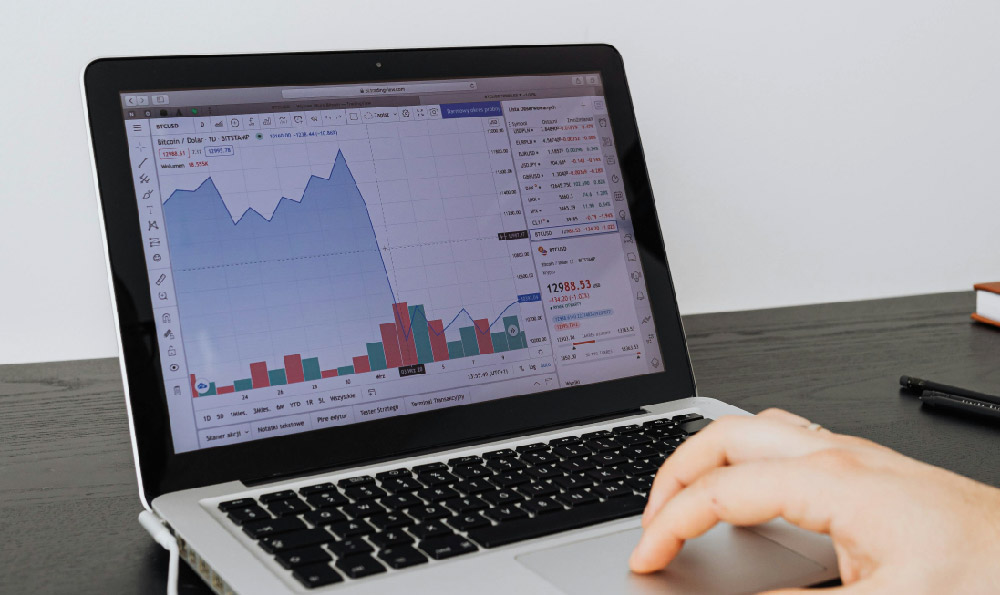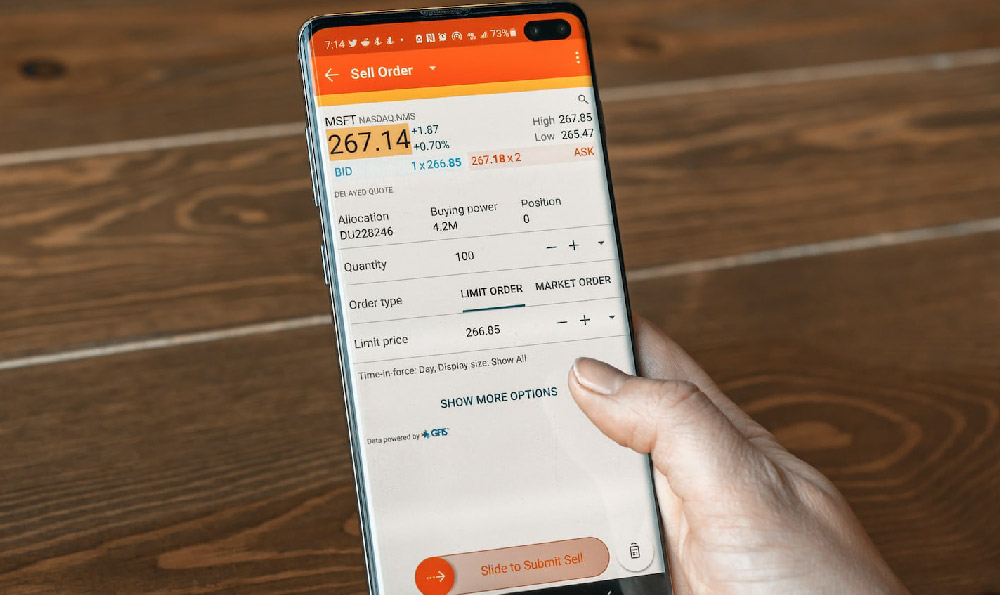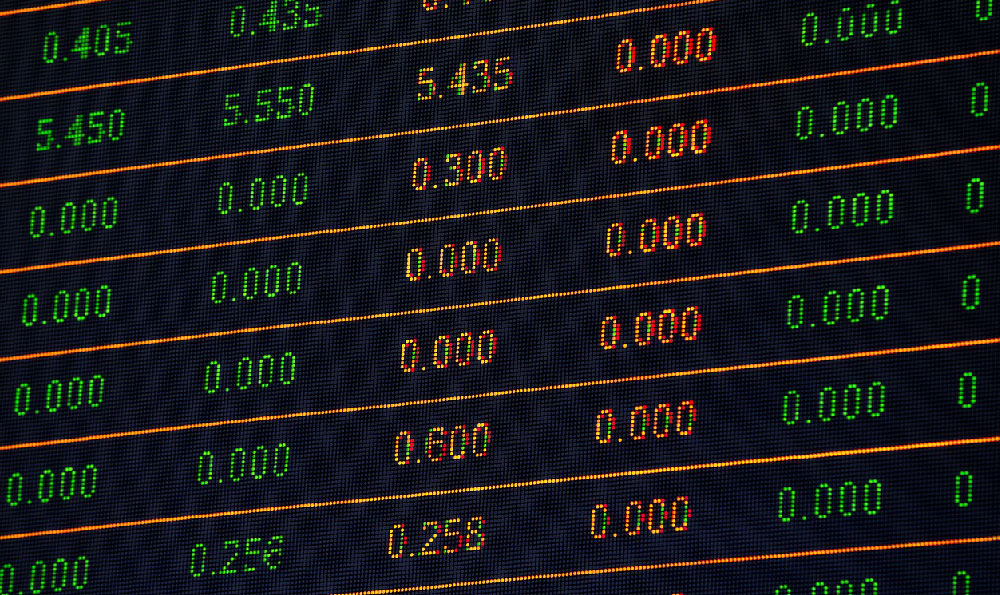
DoorDash, the ubiquitous food delivery app, has become an integral part of modern life. Its convenience is undeniable, but its path to profitability has been a topic of constant discussion. While seemingly straightforward – connecting customers with restaurants – DoorDash's revenue model is multifaceted and constantly evolving. Understanding how DoorDash actually makes money is crucial for investors, analysts, and even curious consumers. Let's delve into the intricacies of its financial engine.
The Foundation: Delivery Fees & Beyond
The most apparent revenue stream for DoorDash is, of course, the delivery fee. This fee is charged to customers for bringing their chosen cuisine directly to their doorstep. The amount varies significantly depending on several factors, including distance, demand (surge pricing), restaurant partnerships, and DashPass subscriptions. During peak hours or in areas with high order volume, the delivery fee can surge, maximizing DoorDash's earning potential. However, relying solely on delivery fees isn't sustainable. The company must strike a delicate balance between attracting customers with reasonable fees and ensuring profitability on each order. This balance is becoming increasingly challenging as competition in the food delivery space intensifies.

Commission from Restaurants: A Vital Partnership
A significant portion of DoorDash's revenue comes from commissions charged to restaurants for each order placed through the platform. These commissions can range from 15% to 30% (or even higher in some cases), depending on the agreement between DoorDash and the restaurant. Restaurants essentially pay DoorDash for access to its vast user base and delivery infrastructure. This allows restaurants to expand their reach beyond their physical locations and tap into a larger customer pool. However, these high commission rates have been a source of controversy, with some restaurants arguing that they eat into their profit margins, particularly for smaller, independent establishments. To address these concerns, DoorDash has experimented with different commission structures and partnership models to provide more flexibility to restaurants.
DashPass: Loyalty and Recurring Revenue
DoorDash offers a subscription service called DashPass, which provides users with unlimited free delivery on orders over a certain amount (usually $12 or $15). DashPass acts as a powerful tool for customer retention, encouraging repeat orders and fostering loyalty. While DoorDash forgoes delivery fees on DashPass orders, it benefits from the predictable recurring revenue generated by monthly or annual subscriptions. Moreover, DashPass subscribers tend to order more frequently and spend more per order, further boosting overall revenue. The program is also strategically designed to promote certain restaurants and deals, aligning customer incentives with DoorDash's broader business goals.
Advertising and Promotions: Monetizing the Marketplace
DoorDash also generates revenue through advertising and promotional offerings. Restaurants can pay to have their listings featured prominently in the app, increasing their visibility and attracting more orders. These sponsored listings appear at the top of search results or in dedicated sections of the app, giving restaurants a competitive edge. Furthermore, DoorDash runs various promotional campaigns, such as discounts and special offers, often funded by restaurants or brands looking to reach a wider audience. This advertising revenue adds another layer to DoorDash's income stream and contributes to the overall profitability of the platform.
Beyond Food Delivery: Expanding Horizons
Recognizing the limitations of solely relying on food delivery, DoorDash has been actively diversifying its services. This includes expanding into grocery delivery, alcohol delivery, and even delivering convenience store items. These new verticals leverage DoorDash's existing infrastructure and delivery network, allowing it to reach a broader customer base and tap into new markets. The company has also ventured into offering delivery services for retailers, allowing them to compete with e-commerce giants like Amazon. By expanding its service offerings, DoorDash aims to become a one-stop shop for on-demand delivery, further solidifying its position in the market.
DoorDash Drive: Powering Last-Mile Logistics
DoorDash Drive is a white-label delivery service that enables businesses to integrate DoorDash's delivery infrastructure into their own operations. This allows businesses to offer on-demand delivery to their customers without having to build their own delivery fleet. DoorDash Drive is particularly appealing to businesses that don't have the resources or expertise to manage their own logistics. This service generates revenue for DoorDash by charging businesses a fee for each delivery completed through its platform. It’s also a way for DoorDash to indirectly compete with companies like Uber Eats in areas where direct competition may be less strategically advantageous.
The Profitability Puzzle: Ongoing Challenges
Despite its impressive revenue growth, DoorDash has faced challenges in achieving consistent profitability. The company invests heavily in marketing, technology development, and driver incentives to attract and retain customers and drivers. Competition in the food delivery space is fierce, requiring constant innovation and price adjustments to stay ahead. Moreover, fluctuating fuel costs and regulatory pressures add to the financial complexities. While DoorDash has made progress in improving its unit economics, the path to sustained profitability remains an ongoing journey. The company continues to experiment with new business models, pricing strategies, and operational efficiencies to optimize its financial performance. Successfully navigating these challenges will be critical for DoorDash's long-term success.





